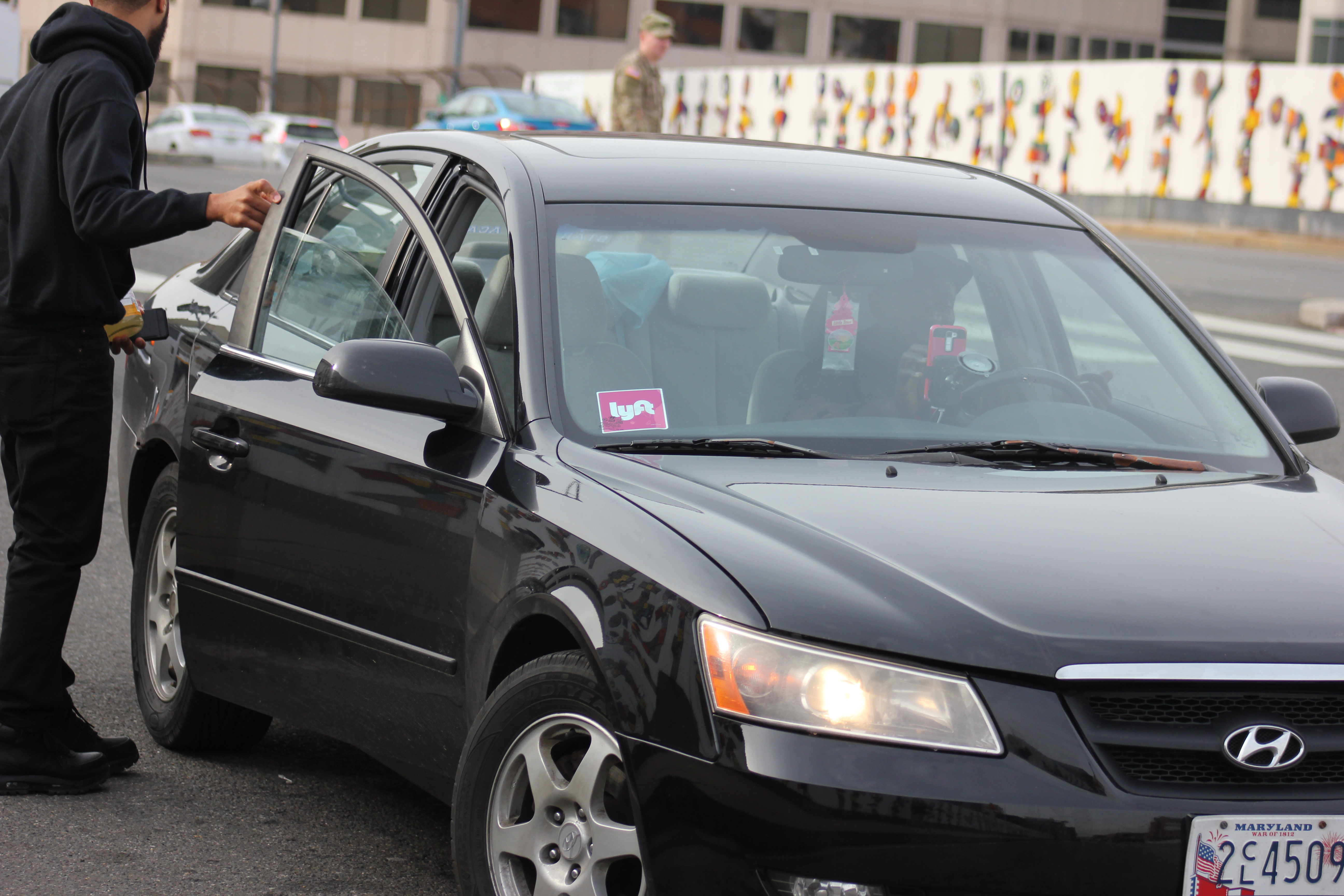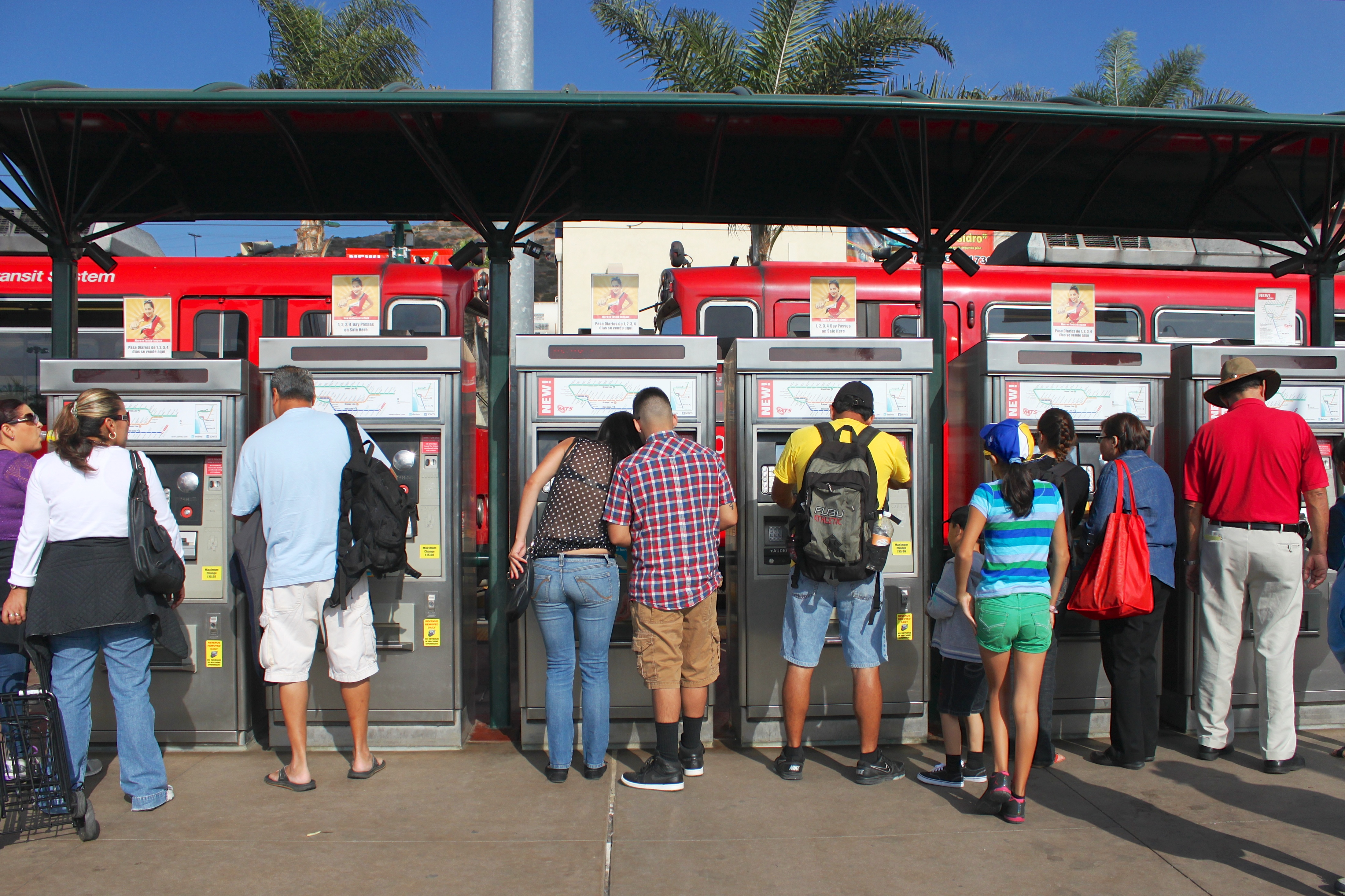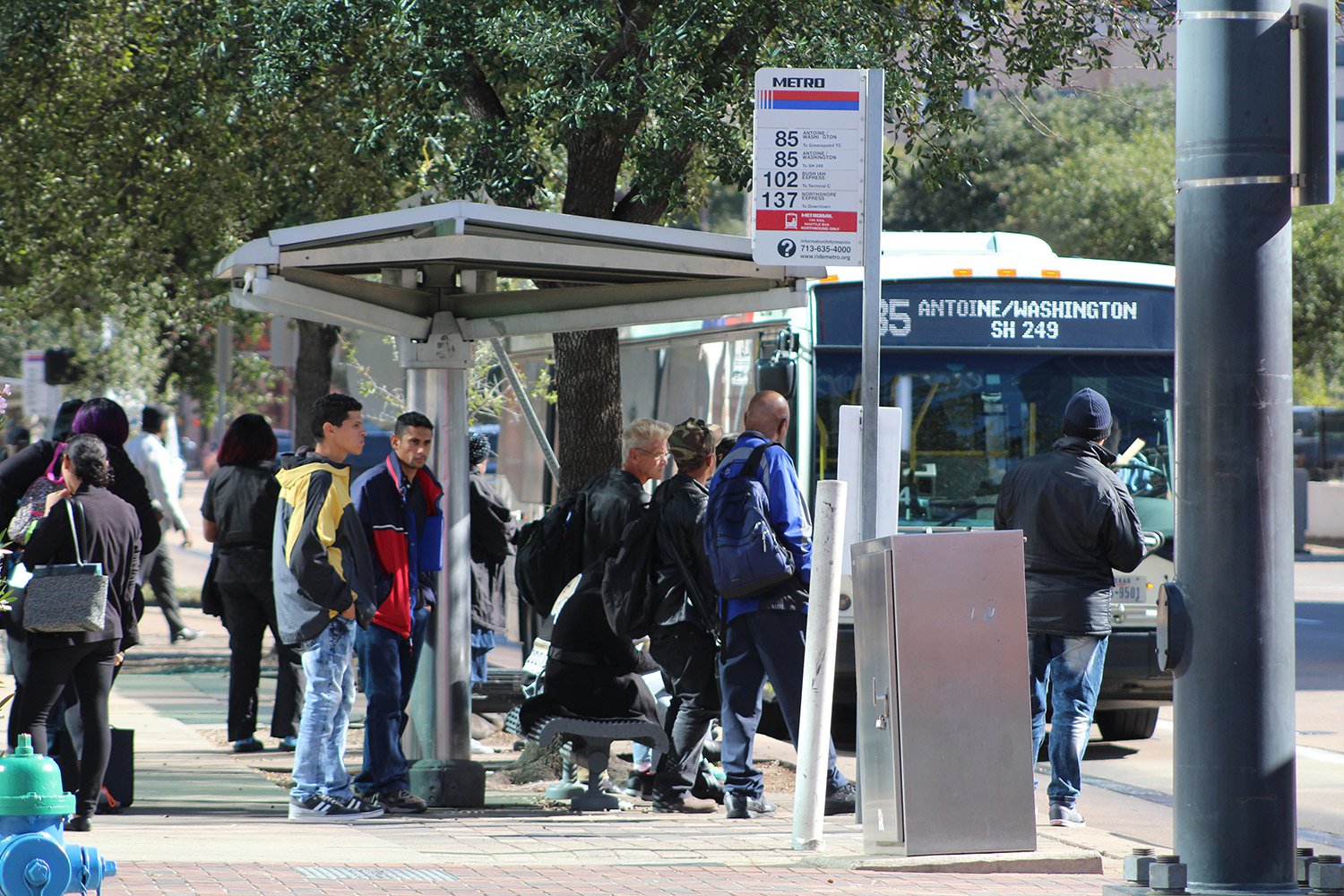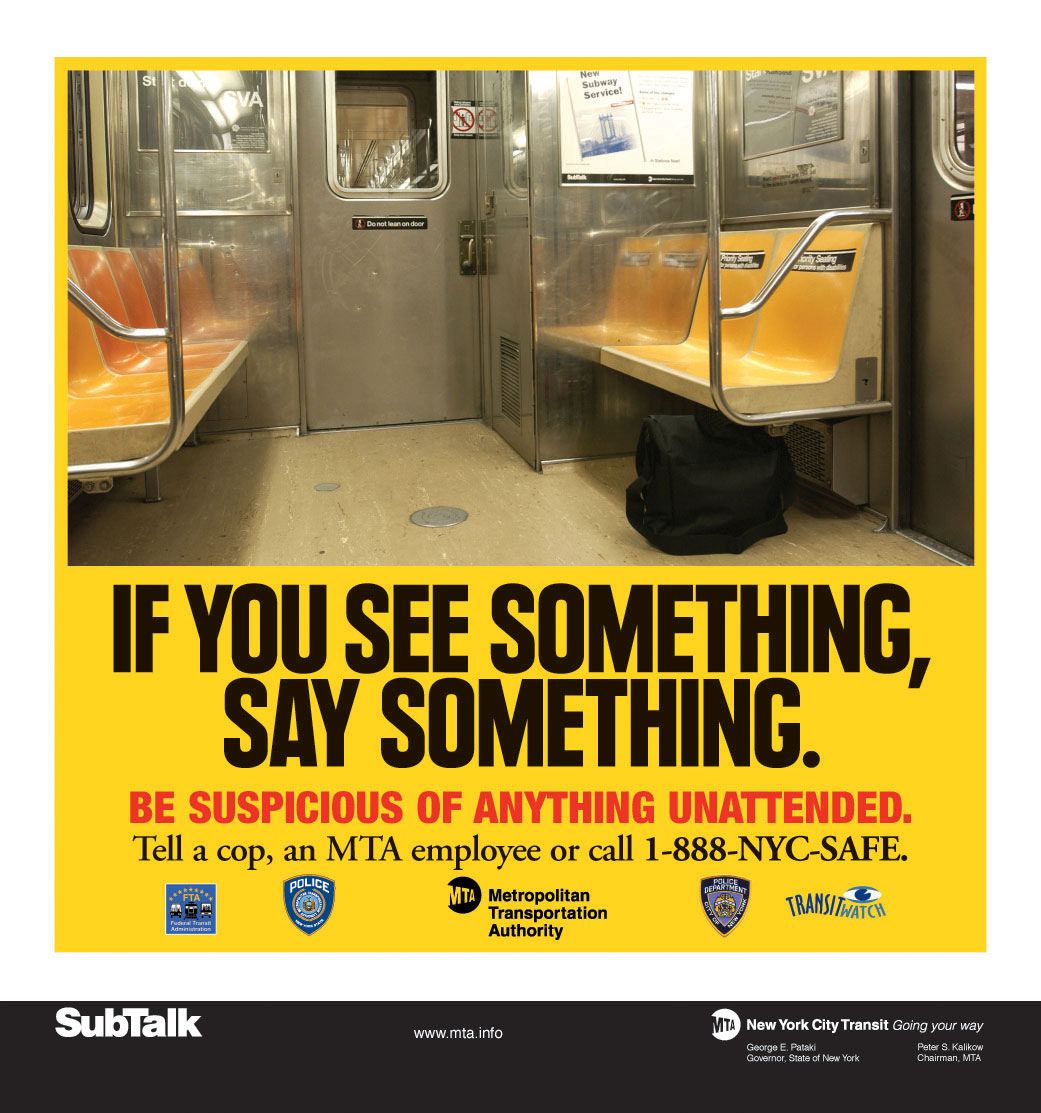
Transit and elected officials experiencing ridership losses in recent years need to better understand what’s causing those declines before they can reverse them. But recognizing the factors that drive ridership down is not always simple.
Industry and academic experts agree that agency decisions and external factors alike can nudge transit riders to other forms of transportation, but there is no definitive guide on the subject. TransitCenter reviewed several resources published in the past few years, including two new research papers from the American Public Transportation Association (APTA) and a major release from the Mineta Transportation Institute (MTI). The cost of driving, the advent of TNCs, and other external factors, along with transit fares and service quantity and quality consistently emerge as factors impacting transit ridership. They highlight the importance of context-specific ridership analysis, changing demographics, and transit working closely together with city governments.
First things first: gas prices
It is time to stop using gas prices as an excuse for declining ridership. While each study confirms that lower gas prices correlate with lower ridership, MTI’s analysis suggests that its impact is relatively weak compared to other factors.

Other costs of driving

Another issue with focusing on gas prices is that gas is only a fraction of what people actually care about––how much it costs to drive (or travel generally). Someone choosing between driving or riding transit will consider how much each option will cost in terms of price and time––a function of the prices for gas, parking, and other things like insurance, as well as the ease of finding parking and likely traffic conditions on the route. A lack of good data has prevented researchers from studying the impact of these latter factors on a national scale, but APTA’s “Understanding Recent Ridership Changes” paper acknowledges that transit ridership is intertwined with the cost competitiveness of driving. Recent research shows, for example, that parking availability can have an even greater impact on ridership than increased transit service.
TNCs

The national ridership studies reviewed draw no definitive conclusions regarding the role of TNCs, but survey results from the University of California Davis, as well as recent analyses conducted by San Francisco Couty Transportation Authority and Bruce Schaller, strongly suggest that TNCs are negatively impacting transit ridership. The magnitude (and direction) of their impact varies from place to place, by mode, and over time. When and which people are fleeing transit to take Uber or Lyft, when are people using both modes to abandon their cars altogether, and when is it more complicated than that? The absence of public data (outside of New York City) and evolving nature of TNCs’ business makes this impossible to judge definitively, so UC Davis’ survey results offer the strongest national evidence to date.
Other external factors

Macroeconomic trends like employment and household income influence transportation behavior. The Leadership APTA class’ research finds that high unemployment reduces the number of commuters, lowering ridership (a change seen clearly across the country during the Great Recession) ; APTA’s “Understanding Recent Ridership Changes” paper also suggests that more easily attainable car loans track with decreases in transit ridership.
Using data at the metropolitan statistical area (MSA) level, MTI observed that neither demographic characteristics nor car ownership rates correlate significantly with bus ridership. This is the logical conclusion of a fundamentally flawed analysis––MTI’s broad, regional-level analysis ignores the spatial relationship between where transit service is and where the people are who use it. To the contrary, locally-specific demographics and car ownership in transit-served areas are likely to be among the biggest determinants of transit ridership.
Affordability of Transit

The MTI study supports other research that higher average transit fares are likely to reduce ridership. APTA’s “Ridership Changes” paper also suggests that the cost advantage of monthly passes has eroded––due in part to fare increases and shifting work-from-home policies––turning riders away from investing in “unlimited” transit use and thereby decreasing ridership. One aspect of affordability that national analyses cannot account for is the specific impacts of agency fare policy, which TransitCenter will begin to explore in a forthcoming Ridership Initiative post.
Useful Transit

Experts agree that the transit service provided impacts the number of people who choose to ride it. Jarrett Walker puts it bluntly: “If you want ridership, you have to run service.” MTI’s research showed that system density (vehicle miles per capita), intensity (vehicle miles per route mile), and total service hours are the strongest predictors of bus ridership.
But the amount of transit does not singularly determine ridership––service quality matters too. Transit CEOs surveyed by members of the recent Leadership APTA class believe that reliability has a major impact on ridership (here’s the group’s “Mythbusting” paper). TransitCenter’s own Who’s on Board reports reinforce this finding: transit riders value fast, frequent, and reliable service. Many transit riders – including the vast majority of the most dedicated ‘all-purpose’ riders – walk to and from transit, so safe pedestrian environments around transit are crucial to the ridership experience as well.
Safety

When transit is less safe, we would expect people to be less inclined to ride—yet MTI finds higher bus ridership to be correlated with a higher incidence of vehicle crashes. The “Mythbusting” report helps explain this unintuitive result by positing a more expansive view of safety – a rider’s perception that they may experience crime or harassment on transit. The report finds that perception alone can be a powerful factor in his or her decision to use (or stop using) transit. The “Mythbusting” report also speculates that agencies could be unintentionally reinforcing a reputation for being unsafe with “If you see something, say something” campaigns, for example.
Implications for today’s transit agencies
It is important to keep in mind that ridership research at the national scale—like for the reports discussed here—can identify general trends but may also obscure important local dynamics.
This does not mean that good national analysis is impossible––researchers could conduct more appropriate, spatially-explicit analysis using GTFS data like that compiled by the Center for Neighborhood Technology in its AllTransit tool. Any agency interested in understanding its city or regional ridership dynamics must start with a detailed exploration of local trends in land use, socioeconomics, and demographic factors—keeping an eye out for the broad categories of impacts highlighted by national research studies. Agency-initiated studies should also take local policy into consideration––such as transit network design and fare structure.
The clear links between transit ridership, quantity, and quality show that transit agencies should not blame declining numbers or pin ridership retention on conditions out of their control. Agency leaders who focus on improving their transit service’s speed, reliability, affordability, and accessibility will provide better service––and be rewarded with more riders. APTA’s “Ridership Changes” advocates for dedicated bus lanes, signal priority for buses, all-door boarding, and better real-time information as ways to improve bus service and win back riders.
Only the latter two improvements are solely up to agencies. Transit officials must also build strong relationships with city government leaders to secure street priority for transit, as well as the funding, parking reform, and land use conditions that build ridership sustainably and make transit viable.
Resources:
- Mineta Transportation Institute – “Investigating the Determining Factors for Transit Travel Demand by Bus Mode in US Metropolitan Statistical Areas”
- APTA, Policy Research and Development – “Understanding Recent Ridership Changes: Trends and Adaptations”
- Leadership APTA Class of 2017 – “Mythbusting Ridership Decline Causation Theories”
This Ridership Initiative post was written by TransitCenter program fellow Mary Buchanan. Any major studies that we missed or should follow up on? Great local analyses that we should review next? Let us know at [email protected]
 On the Brink: Will WMATA’s Progress Be Erased by 2024?
On the Brink: Will WMATA’s Progress Be Erased by 2024?
The experience of being a WMATA rider has substantially improved over the last 18 months, thanks to changes the agency has made like adding off-peak service and simplifying fares. Things are about to get even better with the launch of all-door boarding later this fall, overnight bus service on some lines starting in December, and an ambitious plan to redesign the Metrobus network. But all of this could go away by July 1, 2024.
Read More Built to Win: Riders Alliance Campaign Secures Funding for More Frequent Subway Service
Built to Win: Riders Alliance Campaign Secures Funding for More Frequent Subway Service
Thanks to Riders' Alliance successful #6MinuteService campaign, New York City subway riders will enjoy more frequent service on nights and weekends, starting this summer. In this post, we chronicle the group's winning strategies and tactics.
Read More